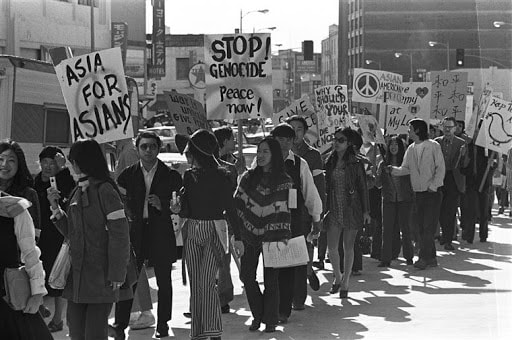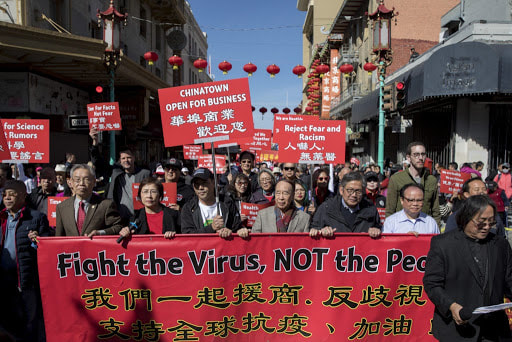|
Written by Jerry He Historically, Asian-Americans have been seen as apolitical, politically inactive. This partially derives from “model minority” stereotypes which paint the Asian-American community as passive, quiet and submissive. These notions, however, are increasingly being challenged in recent years. With the election of Kamala Harris, an Asian-American, to the office of Vice-President, as well as the rise of Asian-American activists in response to racial hate-crimes stemming from the coronavirus, Asian-American role in politics and government has taken the national spotlight. The term "Asian American" The term “Asian-American” used today can be dated back to 1968. It was created by activist and historian Yuji Ichioka to help unite various Asian ethnic groups to form a new united political and social block to advocate against common racial and social discrimination. Prior to this, various Asian groups in the USA were fractured politically and socially. These divided groups held significantly smaller social and political leverage and as a result, were easier to discriminate against. For example, during the Chinese Exclusion act, non-Chinese Asian groups did little to protest or object against the law. Furthermore, during World War II, when Japanese internment camps were created, Chinese and Korean Americans made an effort to distance themselves from the Japanese. It wasn’t until the Civil Rights Era of the 1960s, when the term “Asian-American” was coined, that these groups began to unite in a common effort to increase political participation and advocate against racial and social injustice/discrimination. Asian Americans calling for peace and an end to the Vietnam War in the streets of Los Angeles Little Tokyo, Jan 17, 1970 The Killing of Vincent Chin Another turning point in the political history of Asian-American was the killing of Vincent Chin. Vincent Chin, who was a Chinese American, was murdered after being mistaken for being Japanese, during a time where competition with Japanese manufacturers resulted in mass layoffs of auto workers in Detroit. The murder was largely seen as a hate crime and served as a rallying cry for Asian Americans of different backgrounds. Large groups of Asian-Americans organized and protested the killing, calling for justice. A group of Asian-Americans protest the killing of Vincent Chin Resurgence of the Asian-American movement The year 2020 brought a whole new set of issues for the Asian-American community. With the advent of the Coronavirus, Asian-Americans have been the victim of a dramatic increase in hate crimes and racism. The year 2020 alone has seen an almost 150% increase over previous years. This has spurred large groups of Asian-Americans to organize against these hate crimes. Coalitions of social justice groups like Stop AAPI Hate have formed in order to address these issues. Large scale social media efforts have also sought to inform and advocate against these hate crimes. Asian-Americans protest racism and discrimination in San Francisco, 2020 In addition to this, recent years have seen an increasing amount of Asian Americans participating in politics and government. Currently at the national level, there are 16 Asian Americans representing constituents in the House, and 2 in the Senate. Furthermore, being one the fastest growing ethnic groups in the USA, Asian-Americans represent an increasingly important electorate. Numerous groups such as APIA Vote, formed in 2007, have increased efforts in recent years to mobilize Asian-Americans in electoral and civic participation.
0 Comments
Leave a Reply. |
Description
For the 2020-21 season, REACH will be releasing a new blog post written by our officers during the first and third Wednesdays of each month about different aspects of Asian culture, such as pop culture, conflicts faced, representation in media, history, celebration and holidays, and stereotypes. We hope you enjoy reading them! Archives
March 2021
Categories |





 RSS Feed
RSS Feed
